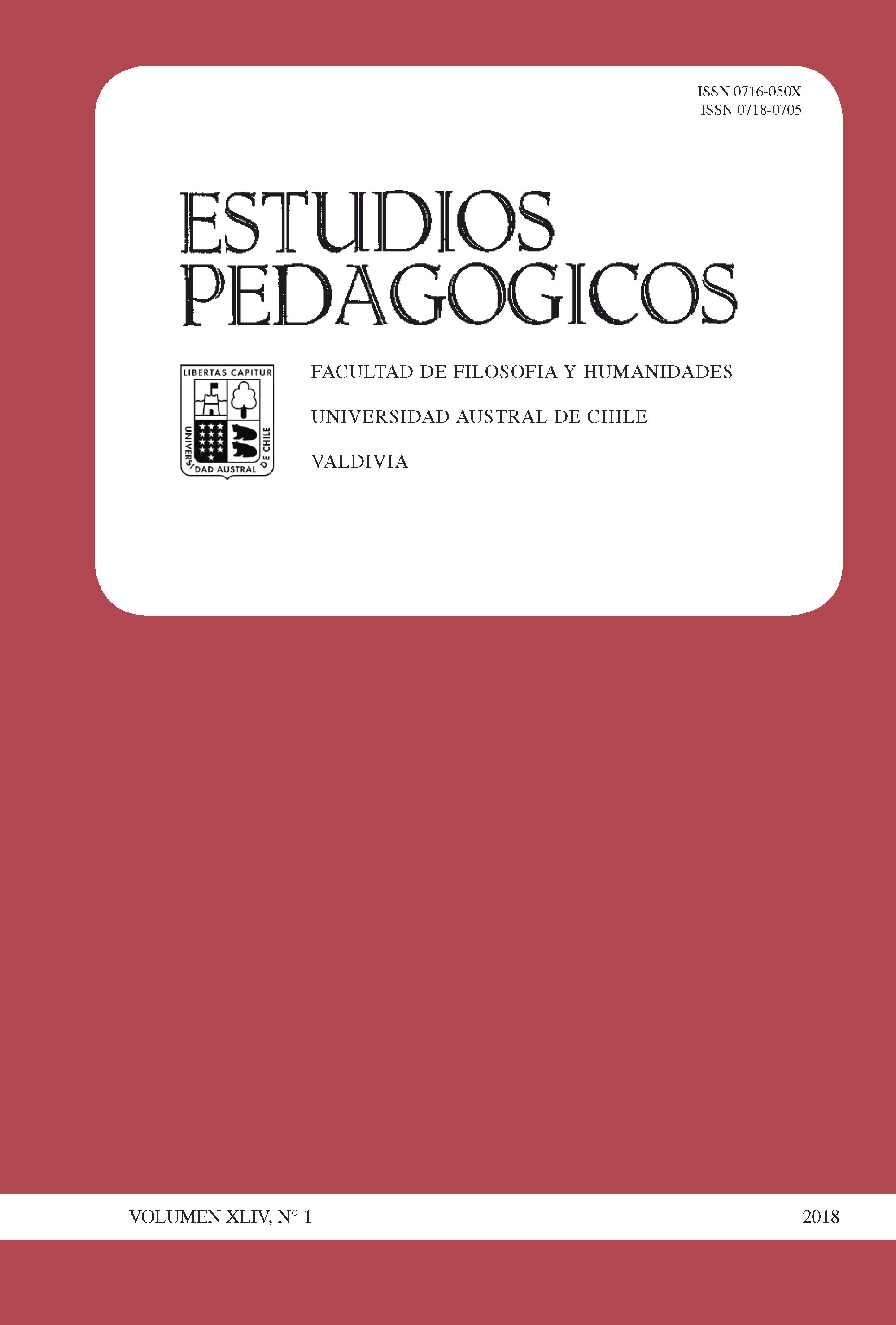The evolution of socio-economic segregation of Latin American schools
Main Article Content
Abstract
The objective of this research was to determine the evolution of the magnitude of school segregation by socioeconomic level in some Latin American countries, both in terms of uniformity and exposure. For this purpose, data mining was carried out using the six versions of the PISA. The sample consisted of 374,490 students from 15,500 schools in 10 Latin American countries. The results indicate that, in six of the eight countries for which sufficient data existed, segregation seems to have a downward trend, especially in Argentina and Brazil. This decrease is subtle in comparison with the high overall rates of segregation that these countries present. Moreover, in the majority of the countries in which segregation decreases, it does so among students of higher socioeconomic level, increasing meanwhile for those at lower levels. It is essential, therefore, to incorporate the debate on school segregation in the agenda of public education policies to take measures that will contribute to reduce it.

